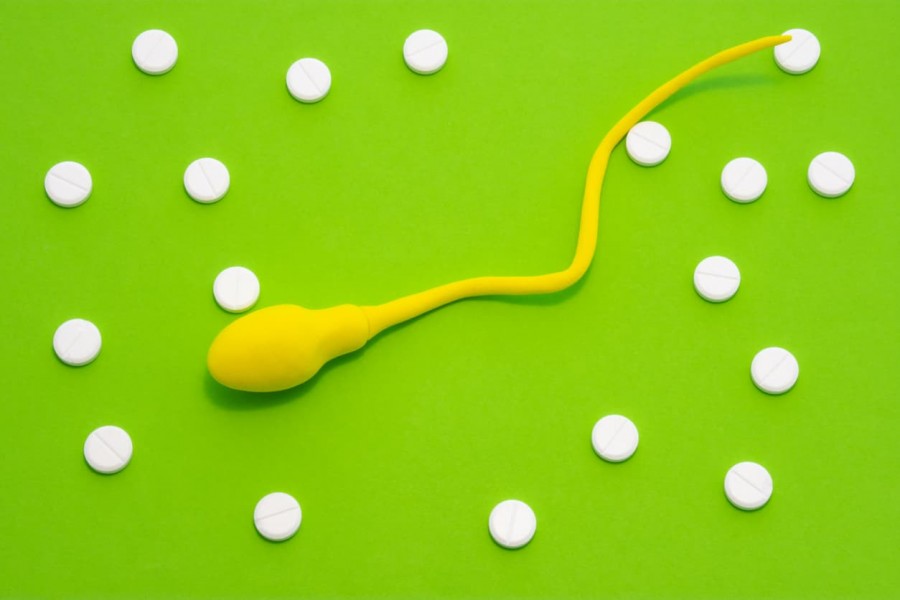From our last blog, we learned that total fertilisation failure can still occur even after using intracytoplasmic sperm injection (ICSI), a technique that bypasses all the challenges a sperm has to overcome before contacting the egg.
Although assisted/artificial oocyte activation (AOA) has been shown to rescue total fertilisation failure in some cases, a proper diagnostic procedure is very important before going down this route. This is because not all fertilisation failure is caused by a problem in egg activation, and AOA methods themselves are not without safety concerns.
Sperm or egg problem?
Following ICSI fertilisation failure, it is important to find out whether a problem lies in the sperm or the egg. This information is not only critical for designing future treatment, but also understanding potential risks of transmitting a genetic cause.
Mouse oocyte activation test (MOAT)
MOAT evaluates how often (or not) the male sperm can activate mouse eggs, compared to other known healthy human sperm. Ideally, we will test the male sperm with human eggs, but donor eggs are scarce. As a result, mouse eggs are used.
The MOAT test allows classification of male patients into 3 groups: low, intermediate or high-activation group.
Low intermediate group is usually when less than 20% of the mouse oocytes could be activated, and a sperm-related defect is likely to be the cause of fertilisation failure. In contrast, high-activation group represents very low likelihood of the sperm being at fault for ICSI failures.
Immediate-activation group indicates a reduced activation capacity of the patient’s sperm, which may have contributed to ICSI failures. However, the test result is inconclusive. This is when the next test comes in handy.
Calcium oscillations analysis
During a natural fertilisation, an activating egg shows characteristic calcium oscillations. Therefore, investigating calcium oscillations is another way to determine the fertilisation ability of sperm.
Calcium analysis is usually also performed in mouse eggs due to the scarcity of human eggs, but there is evidence that test results are more sensitive when performed in donor human eggs. Nevertheless, an abnormal calcium analysis using mouse eggs still helps to diagnose sperm-related activation failure. In these patients, providing AOA has a good chance of rescuing ICSI fertilisation failure.
For low and high-activation group patients from the MOAT test, calcium oscillation results usually confirm the conclusion. However, this test offers more information as to whether egg activation is abnormal in those previously classified as intermediate activators.
Genetic tests
With rapid improvement in genetic sequencing technologies, finding out the cause of fertilisation failure is becoming easier with genetic data. Researchers who study the molecular details of fertilisation events are revealing important genes as we speak.
For example, phospholipase C zeta (PLCζ) is a sperm-specific factor that initiates egg activation during fertilization. Its level may be tested in sperm samples or mutations could be screened through genetic tests.
If a defect is found in the function of PLCζ, the success rates of ICSI is expected to increase when provided with AOA methods, given that the female egg is fully functional.
In the future, we can combine large scale genetic sequencing data with such knowledge to better understand what might be going wrong in total fertilisation failure.
